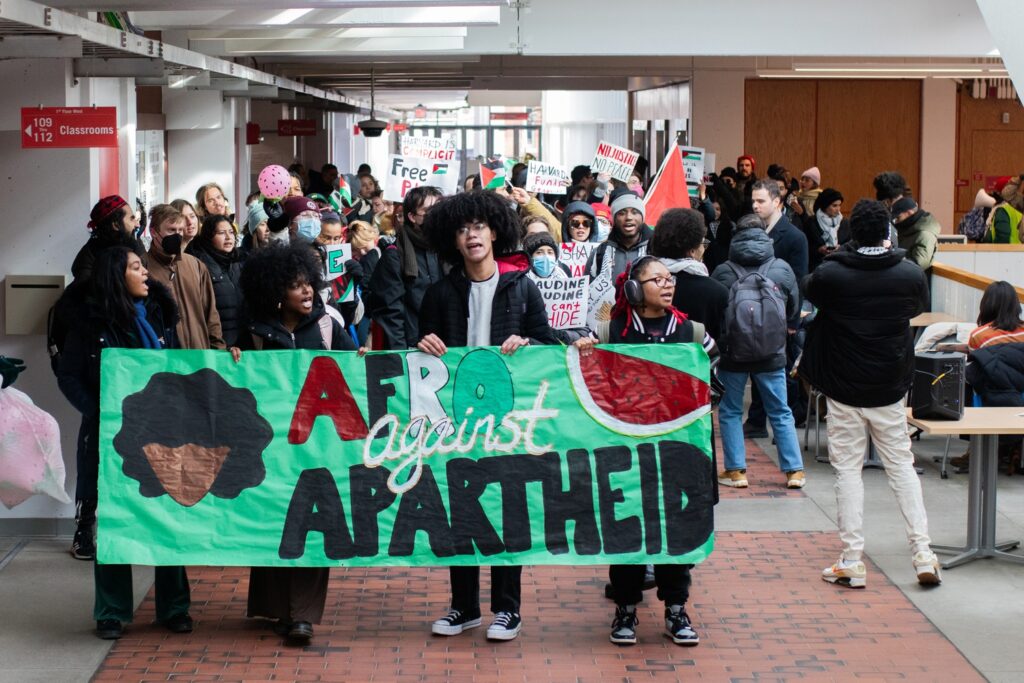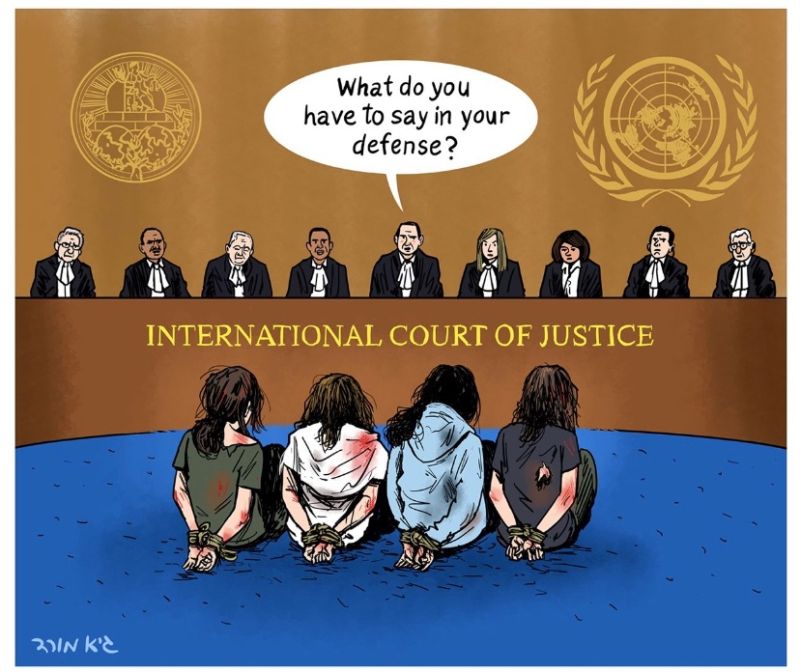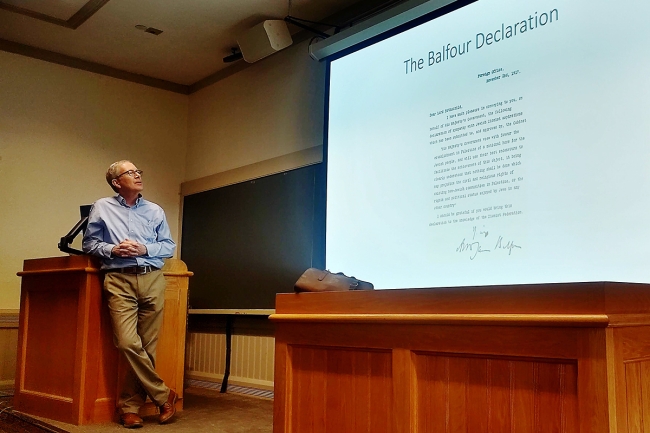In spite of all of football’s woes, I expect to watch

A couple decades ago, a Swedish foreign exchange student of ours couldn’t understand why we Americans watched the Super Bowl. The game is violent; the TV production is too talky, noisy and overdone; the rules are silly and obscure; the militaristic overtones unsettling, and the whole thing takes far too long. Better, she thought, to read a book.
Of course, she was right.
Still, come Feb. 11, I expect we will be glued to our oversize screen, watching the racist-named Chiefs and the environment-wrecker-named 49ers pummel one another for all our enjoyment. We’ll hope for clever commercials and probably be disappointed. We’ll be happy when our team crushes the other.
Why will we watch? Well, I can answer only for myself, and my answer involves a lot of questions.

For me, the game is an amazing display of athleticism and physical and mental intelligence. How do quarterbacks such as Patrick Mahomes and Brock Purdy toss that odd-shaped ball so well, usually less than 3 seconds after taking the snap? How do they get it to where their receivers will be, threading the needle among defenders to put it exactly where it is needed? How do they do this while several hundred pounds of humanity converge on them, lusting to shove them into the turf?
For that matter, how do receivers such as Travis Kelce and Brandon Aiyuk know exactly where to go, anticipating the pass? How do they snag that moving bullet, on the run, while beating other talented men to pull it out of the air, often diving or leaping to do so? How do they then pivot to run, braving hundreds of pounds of flesh that try desperately to rip them to the ground, trip them up or shove them into the dirt?

Beyond those balletic folks, how can rushers such as Isiah Pacheco, a fellow Jersey boy and Rutgers grad, and Christian McCaffrey slip through the meaty grasps of so many human titans to advance on those crucial runs, sometimes breaking free to take it to the house? How do their bodies survive those crushing blows, only to bounce up and do it all again?
And for all the players, how can they keep the dizzying complexity and number of plays in their minds, summoned in the few seconds in the huddle and immediately afterward, knowing where they need to be and what they must do? The intellectual challenge that the coaches invent and pose for them is as extraordinary as any master game in chess.
Yes, the game is disturbingly violent. The injuries that these men suffer are unacceptable, hardly making up for the sometimes exorbitant pay they earn. Some seem even more cruel than the fictional fatalities of the Hunger Games because they last decades and burden everyone around them. For this reason, their careers can be astonishingly short, after lives dedicated solely to the sport. The NFL hasn’t helped with its often-shameful treatment of its veterans.
It’s unsettling, too, that so many of the players take their violence off the field. Criminality haunts the NFL.
And, yes, the hype around the game is absurd. The militaristic themes are ridiculous, especially when people are dying in real wars, when real American soldiers are at risk. Moreover, the announcers, backed up by arrays of statisticians, bludgeon us all with too much trivia.
Still, the real human stories behind many of these athletes are moving. Mahomes’s biracial background is heartening, a testament to America’s ability to bridge ethnic gulfs. Similarly, Aiyuk’s Cameroonian ancestry makes a statement about American inclusivity (some 125 players in the NFL hail from Africa or were born to African parents). Indeed, the multiracial camaraderie and teamwork on the field should be an example to us all.
Purdy’s status as the last pick in the 2022 NFL draft after his Iowa State career, moreover, smacks of Horatio Alger, a modern come-from-nowhere success story. Pacheco’s mixed Puerto Rican and Black background, coupled with his losses of two siblings to violence (one a stabbing, the other a shooting), make his life story poignant. Sad as his family story is, it’s a bit of unsettling real life in some parts of America.
Kelce’s telegenicity on programs such as Saturday Night Live and his romance with Taylor Swift give him an off-the-field cachet. And Coloradan McCaffrey’s athletic family legacy and the brainpower that got him into Stanford make him an extraordinary example of meritocracy. Indeed, all these men earned their spots in the NFL, one of the toughest proving grounds in American culture.

So, our Swedish exchange student wasn’t wrong. But she saw only the dark half of the story. On Super Bowl Sunday, I will be aware of that half, but I will focus on the rest. I will take delight in the same passion that brings these players onto the field and has done so since their Pop Warner days. I will engage in a bit of harmless tribalism, a force that I recognize can be both a blessing as a curse. I will watch, vicariously experiencing the players’ intense emotions. Putting it simply, I will have a lot of fun.













